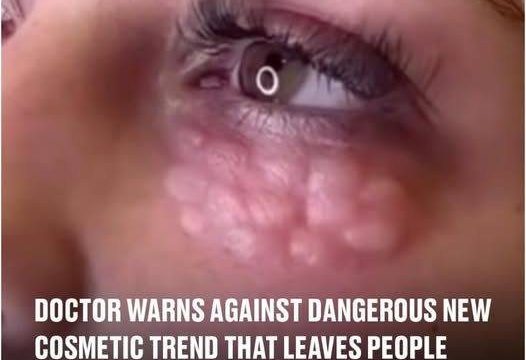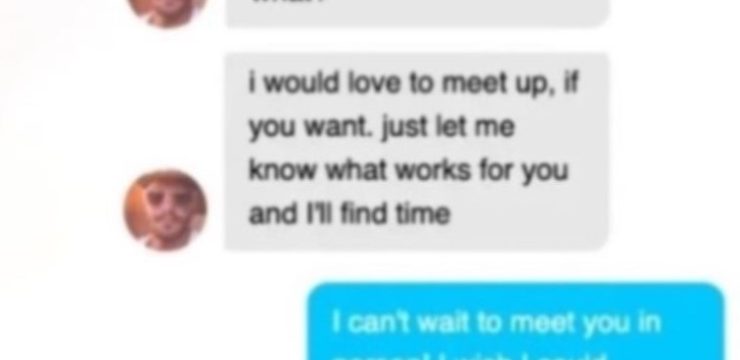In today’s world of self-expression, even young children are exploring ways to experiment with their appearance. From bold fashion statements to brightly colored hairstyles, kids find joy in expressing their creativity and individuality. However, the idea of dyeing a six-year-old’s hair stirs up a significant debate. Is it simply a harmless way for children to have fun, or are there risks that should give parents pause? To better understand this issue, let’s dive into the expert opinions, health risks, and safer alternatives, so parents can make informed decisions.

Understanding the Science Behind Children’s Hair
Before discussing the potential risks, it’s important to understand how children’s hair differs from adult hair. A child’s hair is finer, more delicate, and less developed. Experts explain that as children grow, their hair undergoes significant changes in texture, thickness, and resilience. By around age 12, children’s hair begins to resemble adult hair, becoming more capable of handling chemical treatments like dyeing.
However, for younger children, their hair is much more fragile and their scalps more sensitive. This immaturity means that harsh chemicals in hair dye can cause damage more easily. These structural differences in children’s hair and scalps highlight the importance of considering whether dyeing is appropriate for young kids.
The Risks of Dyeing a Child’s Hair
When it comes to hair dye, the risks are not only about aesthetics but also about health and safety. Here are some of the most significant risks associated with dyeing a child’s hair:
-
- Damage to Hair Texture
Hair dyes often contain harsh chemicals such as ammonia, hydrogen peroxide, and paraphenylenediamine (PPD). These substances can weaken the hair shaft, leaving it brittle and prone to breakage. For children under 12, whose hair is still developing, the effects can be particularly damaging and may lead to long-term issues with hair health.
- Damage to Hair Texture
- Allergic Reactions
Children’s scalps are more sensitive than adults’, making them more susceptible to allergic reactions caused by hair dyes. Symptoms can include redness, swelling, itchiness, and even hives. In severe cases, exposure could trigger anaphylaxis, a potentially life-threatening allergic reaction affecting breathing and circulation. - Scalp Sensitivity
A child’s scalp is more permeable than that of an adult, meaning chemicals can penetrate the skin more easily. This increases the risk of irritation, burning sensations, and even minor skin damage, which can lead to infections. - Potential Long-Term Health Risks
Although rare, some experts express concern about the long-term effects of repeated exposure to hair dye chemicals during childhood. While research on this topic is ongoing, it’s always better to err on the side of caution when dealing with developing bodies.
Expert Opinions on the Appropriate Age for Hair Dyeing
Most dermatologists and pediatricians recommend waiting until children are older before introducing chemical hair treatments.
Dr. Danelle Fisher, a pediatrician, advises waiting until after the age of 12, when children’s hair is better developed and more resilient to damage. Similarly, Joe Greco, Principal Scientist at Johnson’s, points out that children’s hair doesn’t fully mature until after puberty, making it less susceptible to the harmful effects of dyeing.
In the European Union, hair dye products often include warnings against use on individuals under 16. These regulations emphasize the importance of exercising caution when it comes to young children’s hair.
Safer Alternatives to Chemical Hair Dye
For parents whose children are eager to experiment with hair color, there are safer, non-permanent options that don’t carry the same risks:
- Hair Chalks and Crayons
These products are free of harsh chemicals, easy to use, and can be washed out after one or two rinses. They provide vibrant colors without causing damage. - Washable Hair Sprays
Washable sprays are a fun and temporary way for kids to explore different hair colors. They don’t penetrate the hair shaft, making them safe for young children. - Clip-In Extensions or Wigs
Colorful clip-in extensions or wigs allow children to change their look without any exposure to harmful chemicals. - Henna-Based Dyes
Plant-based henna can be a more natural option, but it’s essential to ensure the product is pure and free from synthetic additives.
Precautions if You Choose to Dye Your Child’s Hair
If you decide to proceed with dyeing your child’s hair, it’s crucial to take steps to minimize potential risks:
- Perform a Patch Test: Apply a small amount of dye to a discreet area of skin and wait 48 hours to check for allergic reactions.
- Use Semi-Permanent Colors: These contain fewer harsh chemicals and don’t require bleaching, making them less damaging.
- Avoid Bleach: Bleaching is particularly harsh and can cause significant damage to delicate hair.
- Protect the Scalp: Minimize contact with the scalp and use gloves during application. Cover clothing to prevent stains.
- Test a Small Section First: Apply dye to a single strand of hair to see how it reacts before committing to the entire head.
The Bonding Experience of Hair Dyeing
For some families, dyeing hair can be more than a beauty experiment—it can be a memorable bonding activity. By creating a “salon” atmosphere at home, parents can make the experience collaborative and fun, focusing on building connections and encouraging self-expression.
Balancing Creativity with Safety
Parents naturally want to protect their children from potential harm, but it’s also important to nurture their creativity and individuality. Rather than dismissing your child’s request outright, use the opportunity to discuss the risks, explore alternatives, and find a compromise. This approach not only builds trust but also helps your child learn to make informed decisions.
Conclusion: Celebrating Safe and Creative Expression
While dyeing a six-year-old’s hair might seem like harmless fun, it’s essential to consider the potential risks to their delicate hair and scalp. Fortunately, alternatives like hair chalks, washable sprays, and clip-in extensions allow kids to express themselves safely.
By educating children about these risks and guiding them toward healthier options, parents can foster their individuality while prioritizing their well-being. Childhood is a time for exploration, creativity, and making memories—so let’s celebrate it responsibly, with safety always in mind.





